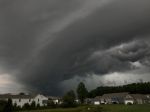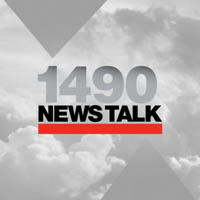Those dreadful new unemployment numbers are even worse than they look.
By Annie Lowrey
1. It isn’t just the headline number that’s crummy.
The banner unemployment numbers in the report are no good, of course. Though the overall rate of unemployment has descended from its recession-era peak of 10.1 percent, it remains woefully high. The unemployment rate has clocked in at 9.8 percent or higher in just six of the last 120 months. Indeed, it has come in that high in just six months in the last 25 years, judging by BLS numbers.
Digging deeper into the report, the numbers do not get any better. It’s miserable job growth, more so than a flood of re-entrants into the labor market, that accounts for the rising rate. The economy added a measly 39,000 jobs in November, down from 172,000 in October. It needs to add about 125,000 jobs a month just to keep up with new entrants to the labor market (recent graduates, for instance). Excluding workers hired for the decennial census, the economy has done so in only one month in the last three years. The private sector did add jobs for the 11th straight month. But it added just 50,000 positions, the worst number since January.
Plus, the report showed that many segments of the population already disproportionately hit by the recession got smacked again. The number of Americans out of work for more than six months increased as a percentage of all jobless, to 41.9 percent. Unemployment among college graduates, whose degrees often insulate them from jobs woes, hit its highest level in 40 years, at 5.1 percent. Moreover, the employment-to-population ratio—a broad measure of how economically productive the population is—fell back to its recession-era low.
2. It bucks a good trend.
Of late, a variety of economic reports have indicated that the American workers would be in for good news—perhaps with the added effect of bolstering confidence leading into the important holiday shopping season. A much-watched monthly report from payroll firm ADP suggested private employers added more than 90,000 jobs in November, more than in October: The report “shows an acceleration of employment and suggests the nation’s employment situation is brightening somewhat. November’s gain in private-sector employment is the largest in three years,” the company said. Other market indicators—manufacturing and Federal Reserve surveys, for instance—also came in rosier than expected, indicating growth might gin up jobs.
But the official government jobs report contradicts those numbers and came in far worse than even the most pessimistic economists’ projections. Economists surveyed by Bloomberg News, for instance, forecast that payrolls would climb by 150,000, with guesses ranging from 75,000 new jobs to 200,000. Instead, the economy added about half of the lowest estimate.
3. It’s going to take us longer to dig out of this hole.
The pace of the recovery is obviously not yet speeding up—in fact, the recovery has stalled out for the past nine months, with employers hesitant to hire, consumers hesitant to spend, and the government running out of bullets. Each month of bad data digs the hole left by the recession a bit deeper and increases the time it will take for the economy to return to normal. The difference between how many workers the economy should employ (given a lower, more normal unemployment rate) and how many it does employ stands at about 11.8 million workers.
Story Compliments Of Slate.com
















